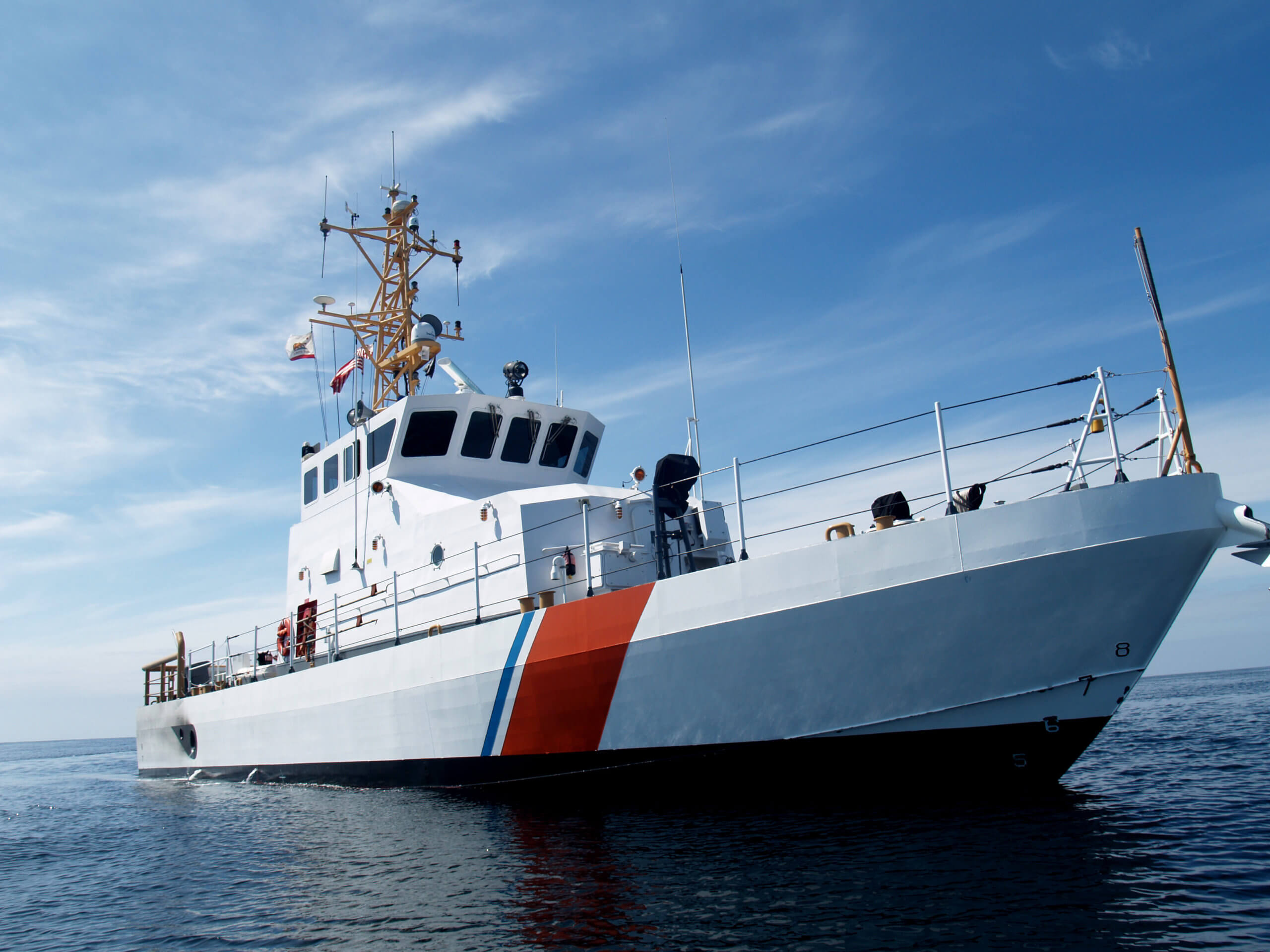Preventing A Collision At Sea, Part VIII

You may have read surveyor Thomas Gray’s well-known mnemonic verse, written into a pamphlet entitled “The Rule of the Road” also known as “The Rules in Rhyme,” which was also published in Captain George Eldridge’s Tide And Pilot Book in 2007 and 2020. What did he have to say when two boats are about to cross each other’s paths?
“If, to your starboard, RED appear
It is your duty to keep clear;
To act as judgement says is proper,
To starboard — or port — back — or stop her.”
This column is all about that.
Overview
As noted prior, there are only three conditions of vessels meeting on the waters — head-on, crossing, or overtaking situations. The COLOREGS — International Regulations for Preventing Collisions at Sea — govern how skippers are to interact with each other through helm control and sound — or radio — signals. This is about two power-driven vessels about to cross each other’s paths, which is a possible collision course.
Rule 15 — Crossing Situation
When two vessels appear to be heading across each other’s paths, this is by definition a crossing situation, and, like in your car, a collision needs to be avoided. But how can you tell if you are actually on a collision course? There are three ways, with the third method, as usual, always winning out.
At night, if you see a red light and a white light above it and are trailing behind, you are crossing each other’s path and the ship is the stand-on vessel. You are thus the give-way. If you see a green light and a white one above it, and trailing behind, you have a crossing situation, where you are the stand-on vessel. But keep an eye on her always. You don’t want to be “dead right!” During the day, you can obviously see if the vessel is crossing your path on your starboard side — you are give-way — or on your port side, you are stand-on.
Mark the other boat’s progress against something fixed on your boat — a cleat, a stanchion, the anchor — anything that is traveling with you. If the opposing boat continues to hover on or around that fixed mark as you both maintain your course and speed, a collision is about to happen.
When in doubt, assume you are on a collision course and act accordingly.
In this situation, the give-way vessel is, by preference, to turn to starboard (towards the stand-on boat) and go behind her (go under her stern). Remember: Take “early and substantial” action so that your maneuver is telegraphed to the other skipper.
But what if you see that you cannot turn to starboard because, one, traffic conditions; two, rocks; three, shallows, etc., Rule 15 clearly states the give-way vessel “shall avoid crossing ahead of the other vessel,” or, do not speed up and try to cross ahead! The stand-on skipper may be doing the same thing because he hasn’t seen you take action to keep clear of him. If you don’t have substantial time and distance to telegraph such a proper maneuver, just slow down, or even stop. Let the approaching vessel pass ahead of you, just as you would allow a sailboat to pass ahead.
Well, this seems pretty easy. If she is on my right, she goes ahead. So, what’s the catch?
Naturally, there are at least three catches:
What if a vessel constrained by the nature of its work, say a dredger or a commercial fishing vessel, is on your port side? You are on the right, so you should go ahead, no? No. Rule 18 comes into play. Any power-driven vessel approached on its port side by a hampered vessel must keep clear. You can increase speed to pass ahead though, if conditions clearly permit.
If you are crossing a narrow channel, Rule 9(d) governs: “A vessel shall not cross a narrow channel or fairway if such crossing impedes the passage of a vessel which can safely navigate only within such a channel or fairway.”
How can you tell the other boat can’t navigate outside the channel? Assume the worst.
Lastly, if you are in a traffic separation scheme, and if you fish the canyons you may be, Rule 10(j) prohibits a boat of less than 20 meters — roughly 65 feet — from impeding the safe passage of a power-driven vessel following the traffic lane.
Boats claiming the special rights implied above must by shape or lights declare those rights. If she doesn’t, it will matter to the Admiralty Board when you both appear to explain how you ran into each other . . . but, remember, it is never 100-0.
If interested in being part of United States Coast Guard, email me at JoinUSCGAux@aol.com.



